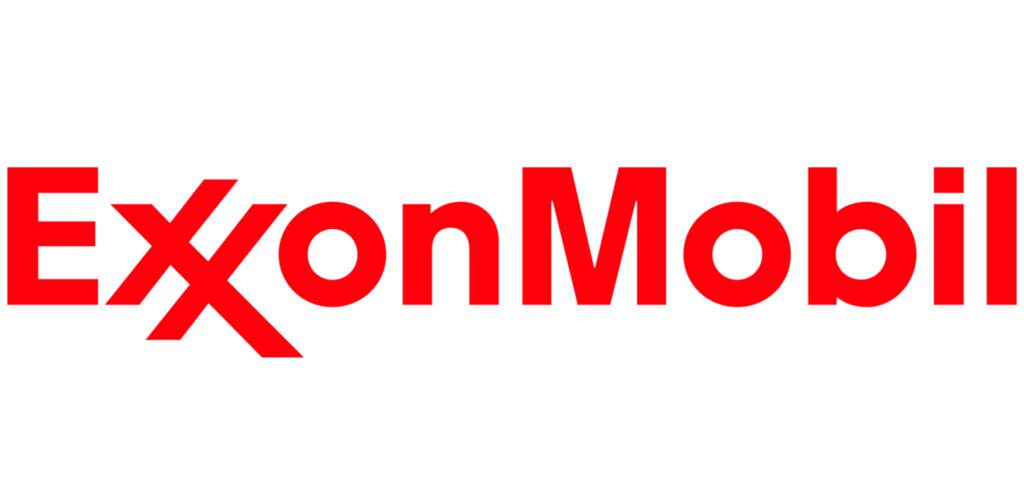 ExxonMobil Sees Base oil Growth
ExxonMobil Sees Base oil Growth
LONDON – ExxonMobil Sees Base oil Growth – Global base oil markets face a number of challenges – from supply chain disruptions to inflation and geopolitical events – but the factor making the greatest impact will be the rapid post-pandemic recovery in demand and prospects for moderate future growth, an ExxonMobil official said at an industry event here.
Global base oil demand continues to shift to API Group II and III base oils due to quality requirements, while Group I supply remains resilient for applications such as marine and other industrial lubes, Chris Braggs, ExxonMobil’s base stock sales managers for Europe, the Middle East and Africa, told the Argus Global Base Oils Conference held here Feb. 21.
While global demand for Group III base oils is expected to triple between 2010 and 2030, Group II continues to be a “workhorse” grade for the industry, Braggs said. The company forecasts demand for Group II demand to double between 2010 and 2030. Braggs also predicted that Group I will continue to hold a significant share of overall base oil demand.
“While many formulations are switching away from Group I base stock, some applications, particularly in marine and industrial space, will continue to require high quality Group I base stocks,” he said, adding that heavily additized industrial or marine formulations will drive the Group I base oil into the future. Bright stock and extra heavy grades will be particularly sought after.
Global demand for mineral base oils reached 40 million tons in 2022, up from 39 million tons the year before, and is expected to increase to around 43 million tons by 2030, according to Argus Consulting.
“The extent of lube demand recovery and growth will be determined by the economic situation,” Inna Vinogradova, consultant at Argus Media, said. “It will be primarily driven by China and its reopening after the pandemic.”
Argus’ estimated breakdown of the global demand in 2022 among the three groups is 14 million tons of Group I, 20 million tons of Group II and 6 million tons of Group III.
Around 2010 the refining industry experienced a boom in hydrocracking capacity, and and this led to construction of Group II and III capacity and then to a wave of base oil plant rationalizations.
During that decade, Bragg said, “nearly 30,000 barrels per day of capacity [was] added per year, about double the rate of capacity additions in the previous decade. While in the last decade we have seen various rationalizations, on average there have been two site rationalizations per year.”
He contended that these rationalizations – mostly of Group I capacity – were driven by increased capacity of Group II and III, market length and rising quality requirements. Meanwhile, this trend continues as demand for higher quality products increases.
ExxonMobil predicted that the pace of base oil capital investment will slow during the next five years and that most projects will be undertaken in the Asia-Pacific region.
“Some smaller capacity additions have been taking place in Europe as well, while in North America activities are really focused on upgrading existing Group II capacities into higher quality Group III production,” Braggs said.
Poland’s oil major PKN Orlen S.A. recently announced a Group II/III project in Gdansk, saying it will be completed by mid-2025.
For the past few years, lube blenders have experienced manufacturing challenges caused by economic uncertainty stemming from inflation, increased energy prices and transportation costs. These challenges were amplified by Western sanctions against Russia, supply chain uncertainties and restricted availability of shipping vessels.
“These challenges are relatively complex and include limited supply of vacuum gas oil, leading to increased feedstock prices causing supply-demand imbalance between regions that in turn impacts production costs,” Braggs observed.
The industry also faces significant disruption of lubricant additive supplies, which is hurting ability to manage finished lubricants inventories.
“All of this clearly culminated in volatility in the market, particularly as it all been happening simultaneously in the past couple of years,” he added.
Regarding vessel availability problems, Braggs said that “many marine operators are implementing slow steam in order to minimize greenhouse gas production and obviously with some of the constraints we have seen with the pandemic such as Covid protocols, the impact of the port congestions, or the draught and low river levels in China, also contributed to the supply chain disruptions.”
ExxonMobil observed the several macro trends that will drive future base oil and lubricant requirements – rising living standards leading to increased consumption and personal mobility, the sustainability movement and events impacting the global supply chain.
“Consumers would want the industry to satisfy their needs, the traditional supply, while meeting the growing sustainability ambitions and energy transition,” he said. Other macro trends include gains in efficiency of all types of vehicles and new types of fuel.






